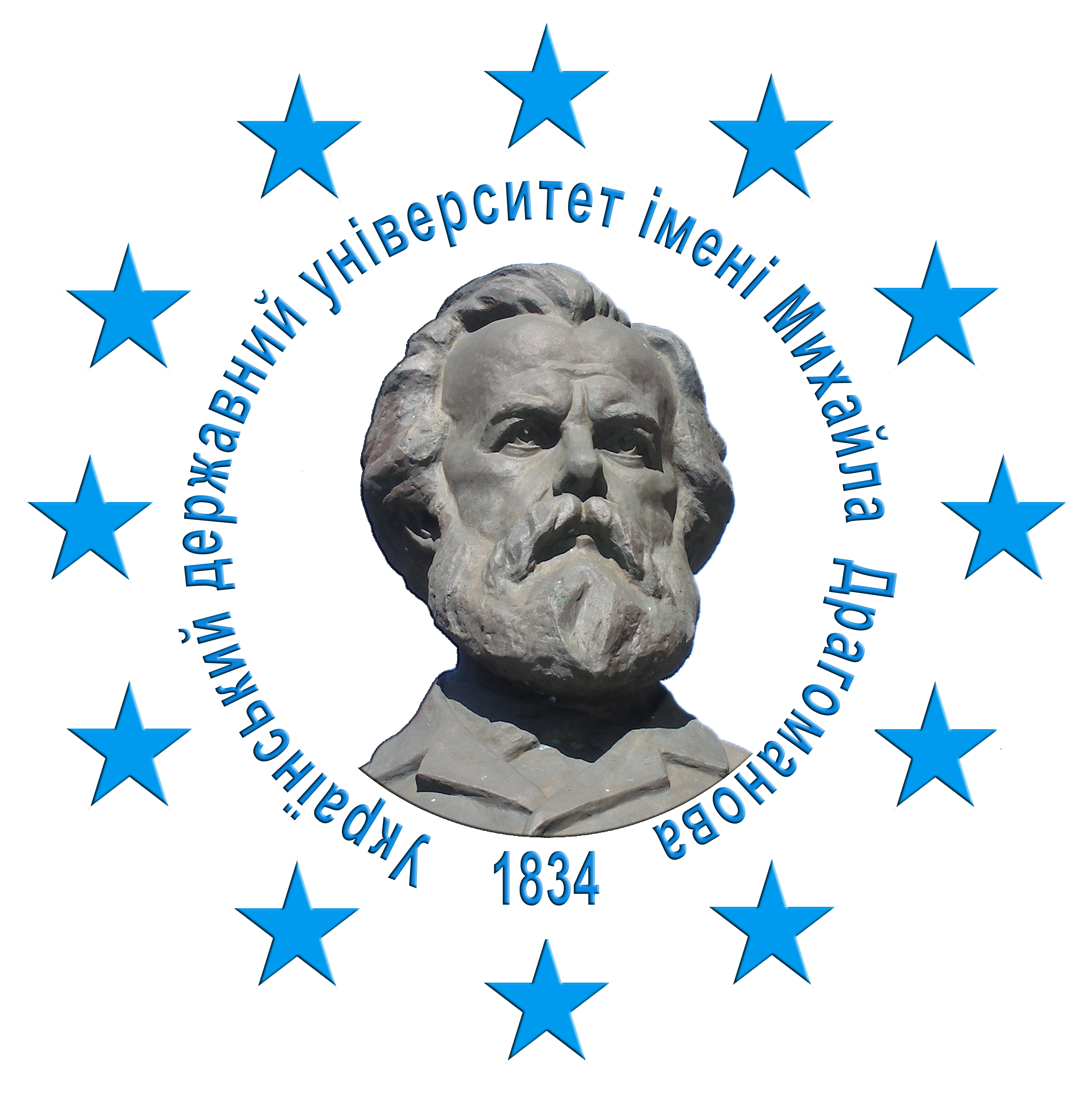THE REMAKES OF FAIRY TALES AS A MODERN WAY OF RECONCEPTION OF MORAL AND ETHICAL VALUES AND SOCIAL NORMS
DOI:
https://doi.org/10.31392/cult.alm.2023.3.48Keywords:
remake, fairy tale, cinema, ethical and moral values and meaningsAbstract
Cinematography, as a synthetic form of art and a means of mass communication, is a way of influencing the individual and society when solving a wide range of problems, from aesthetic to political. The issue of moral and ethical norms and values established in a certain cultural and historical environment permeates fairy tales as an instructive element of folklore, reflecting the cultural experience of a certain society. The modern interpretation of fairy tales undergoes changes and revisions according to the latest challenges of tradition. The promotion of the latest behavioural models and ethical and moral values is most noticeable in the segment of children’s and teenage films and animated films. Affirmative action is high on the agenda in American cinema. Using the plots of European fairy tales («Cinderella», «Snow White», «The Little Mermaid», «The Nutcracker»), Hollywood adheres to racial and gender diversity, although this is not stipulated in the original plot. In the remakes of the fairy tale stories «The Nutcracker and the Four Kingdoms» (2018), «The Little Mermaid» (2023), and «Snow White» (to be released in 2024), the roles of the protagonists are distributed according to racial diversity, so that the identity of the protagonist with his prototype from the original is lost. In our opinion, if the existence of new future generations takes place in the environment of the global network, i.e. they will no longer be representatives of the book verbal culture, but of the ocular, visual culture, it is likely that such artefacts of the latest digital culture will be perceived as primordial, authentic and primary. In other words, in the visual transition to a network society, successful, high-quality remakes can take the place of the original, and even destroy the idea of the original, replacing it with the latest technical means of embodiment and artistic expression. The article provides a comparative analysis of fairy tales about the Little Red Riding Hood and Cinderella and their film adaptations.
References
Беньямін В. Мистецький твір у добу своєї технічної відтворюваності / В. Беньямін // Вибране. Львів : Літопис, 2002. С. 53–97.
Bettelheim B. The Uses of Enchantement: The Meaning and Importance of Fairy Tales. – London : Thames and Hudson, 1976. 464 p.
Bolte J., Polivka G. Anmefklingen zu den Kinder- und Hausmarchen der Bruder Grimm: Erster Band. Norderstedt : Vero Verlag, 2019. 568 p.
Vries J. de. The Problem of the Fairy Tales // Diogenes. 1958. № 6 (22). Pp. 1–15. URL: https://doi.org/10.1177/03921921580060220
Derrida J. Globalization, Peace and Cosmopolitics / ed. J. Binde // The Future of Values: 21st Century Talks. Oxford, New York : UNESCO Publishing / Berghahn Books, 2004. P. 110–122.
Jameson F. Postmodernism. The Cultural Logic of Late Capitalism. Durham: Duke University Press, 1991. 218 p.
Jameson F. Signatures of the Visible. New York : Routledge, 2007. 350 p.
Eliade M. Rites and Symbols of Initiation. The Mysteries of Birth and Rebirth. New York: Harper and Brothers, 1958. 175 p.
Eliade M. Myth and Reality. New York : Harper & Row, 1963. 203 p.
Kellner D. Film, Politics, and Ideology: Reflections on Hollywood Film in the Age of Reagan // The Velvet Light Trap. 1991. № 9. P. 1–24. – URL: https://pages.gseis.ucla.edu/faculty/kellner/essays/filmpoliticsideology.pdf
Carroll L. Through the Looking-Glass, and What Alice Found There. New York and London : Harper Brothers Publishers, 1902. 203 p. URL: https://www.sas.upenn.edu/~cavitch/pdflibrary/Carroll_Through_the_Looking_Glass.pdf
Lang A. The Blue Fairy Book. New York : Dover Publications. 1965. 416 p. URL: https://www.gutenberg.org/cache/epub/503/pg503-images.html
Nye J. S. Soft Power: The Means to Success in World Politics. – New York : Public Affairs, 2005. 191 p. URL:
Perrault С. Histoires ou Contes du temps passéy avec des Moralitez. Paris, 1697. 261 р. URL: https://gallica.bnf.fr/ark:/12148/bpt6k10545223 /f19.item
Saintyves P. Les Contes de Perrault et les récits parallèles. – Paris : Slatkine, 1990. 606 p.
Toffler A., Toffler H. Revolutionary Wealth. New York: Knopf, 2006. 512 p.
Fattor E. American Empire and the Arsenal of Entertainment: Soft Power and Cultural Weaponization. – New York : Palgrave Macmillan, 2014. 235 p.
Franz M. L. von. Interpretation of Fairy Tales (C. G. Jung Foundation Book Series). – Boulder, USA : Shambhala, 1996. 224 р.
Friedman M. Cooperation between Capital-Rich and Labor-Rich Countries // The Future of Freedom Foundation, 5, 1994. P. 18–26. URL: https://www.fff.org/explore-freedom/article/cooperation-capitalrich-laborrich-countries-part-1/
Freud A. The Ego and the Mechanisms of Defense. London : Karnac books, 1966. – 191 p.
Freud S. The Standard Edition of the Complete Psychological Works. Vol. 17. London : Hogarth Press, 1953. 303 p.
Fromm E. The Forgotten Language. New York : Rinehart, 1951. 263 p.
Харарі Ю. Sapiens. Людина розумна. Коротка історія людства. Київ : Book chef, 2021. 544 c.
Юнг К.Г. Архетипи і колективне несвідоме. Львів : Астролябія, 2018. 608 с.








